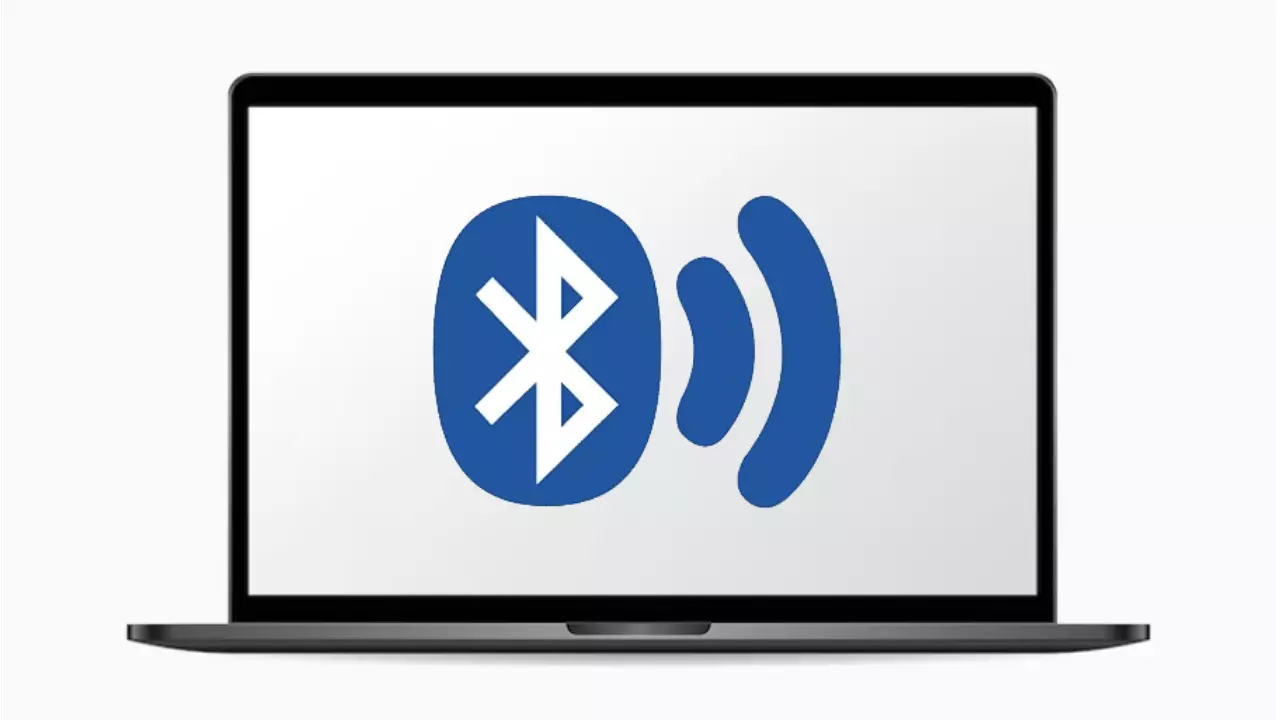In today’s world, numerous devices rely on Bluetooth connectivity. Whether it’s wireless headphones, speakers, or other gadgets, Bluetooth has become an integral part of modern technology. But what if your computer lacks built-in Bluetooth support? Don’t worry; there are affordable and straightforward solutions to overcome this hurdle.
In this article, we’ll guide you through the process of adding Bluetooth to your PC, regardless of your Windows version.
Checking Your PC for Built-in Bluetooth
Before delving into the solutions, it’s essential to verify whether your computer already has Bluetooth capabilities. You can do this by performing a few checks:
- Check Windows Settings: Right-click on the Start icon, select “Bluetooth and other devices settings.” If you see an option to add Bluetooth devices, your PC likely has built-in Bluetooth support.
- Network Connections: Navigate to Control Panel > Network and Internet > Network Connections. Look for a Bluetooth symbol alongside your Ethernet and Wi-Fi connections. If present, your PC is Bluetooth-enabled.
- Device Manager: Open Device Manager by right-clicking on the Start menu icon. Check if a Bluetooth symbol appears among your connected devices.
If these checks confirm the absence of Bluetooth, it’s time to explore the options for adding it to your computer.
Adding Bluetooth to Your PC
There are two main methods for adding Bluetooth to your PC: installing a mini PCI card or using a Bluetooth USB adapter. Here, we focus on the more accessible and cost-effective USB adapter method:
Bluetooth USB Adapter:
- Purchase a Bluetooth USB adapter, readily available for less than 10 euros.
- Look for an adapter that supports Bluetooth versions 4.0 and 5.0, as these versions offer optimal compatibility.
Installation Process for the USB Bluetooth Adapter:
- Plug the USB Bluetooth adapter into an available USB port on your computer, whether it’s USB 2.0 or 3.0. Windows typically includes basic drivers to install the device automatically, requiring no manual adjustments.
- If Windows doesn’t automatically detect the USB adapter, especially on older versions of the operating system, visit the manufacturer’s website to download the necessary drivers for manual installation.
Updating Bluetooth Version:
If you had Bluetooth installed on your computer but wish to update it to a newer version using a USB Bluetooth adapter, follow these steps:
- Open Device Manager.
- Right-click on the existing Bluetooth controller and select “Disable device.”
Now, you’re ready to pair your Bluetooth devices hassle-free. Click on the Bluetooth icon located at the bottom right of the taskbar and select “Add device.” Your computer will search for devices in pairing mode, allowing you to establish connections effortlessly.
With these straightforward solutions, you can add Bluetooth capabilities to your PC without the need for expensive upgrades or complicated installations. Enjoy the convenience of wireless connectivity with your favorite devices on your computer.

